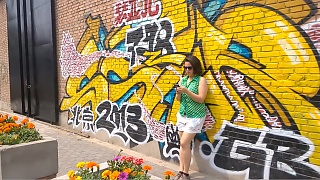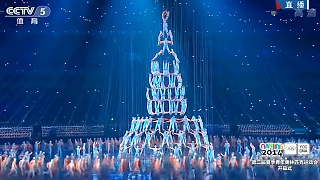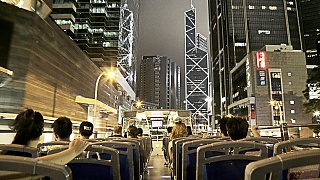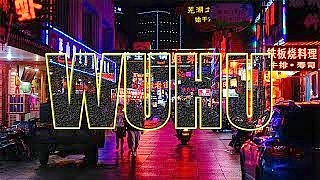YunNan province.
A beautiful film of a wonderful place - don't miss it ...
Live more !
[640],shadow=true,start=,stop=
Live more ...
 Tiger Leaping Gorge 虎跳峡 – the 28 bends …
Tiger Leaping Gorge 虎跳峡 – the 28 bends …YunNan province.
A beautiful film of a wonderful place - don't miss it ...
Live more !
[640],shadow=true,start=,stop=

|
Relaxing With Chinese Bamboo Flute, Guzheng, Erhu - hours of great music ...
|

|
With BeiJing Liu ...
|

|
From the wonderful film Big Fish and Begonia ...
Canon in D|electric rock guitar|8th birthday ...
See you again ...
6 years old bossa nova - Fly Me to the Moon ...
|

|
Bonus films ...
|

|
North east Beijing. An area of disused factories born again as galleries, cafes, bookshops, boutiques ...
|

|
500 performers dancing in the sky ...
The poster thumbnail is blurred but the video is clear : )
|

|
Join us on an open top bus for a circular trip from Central to Kowloon and back ...
|

|
A talk by Martin Jacques; October 2020.
|

|